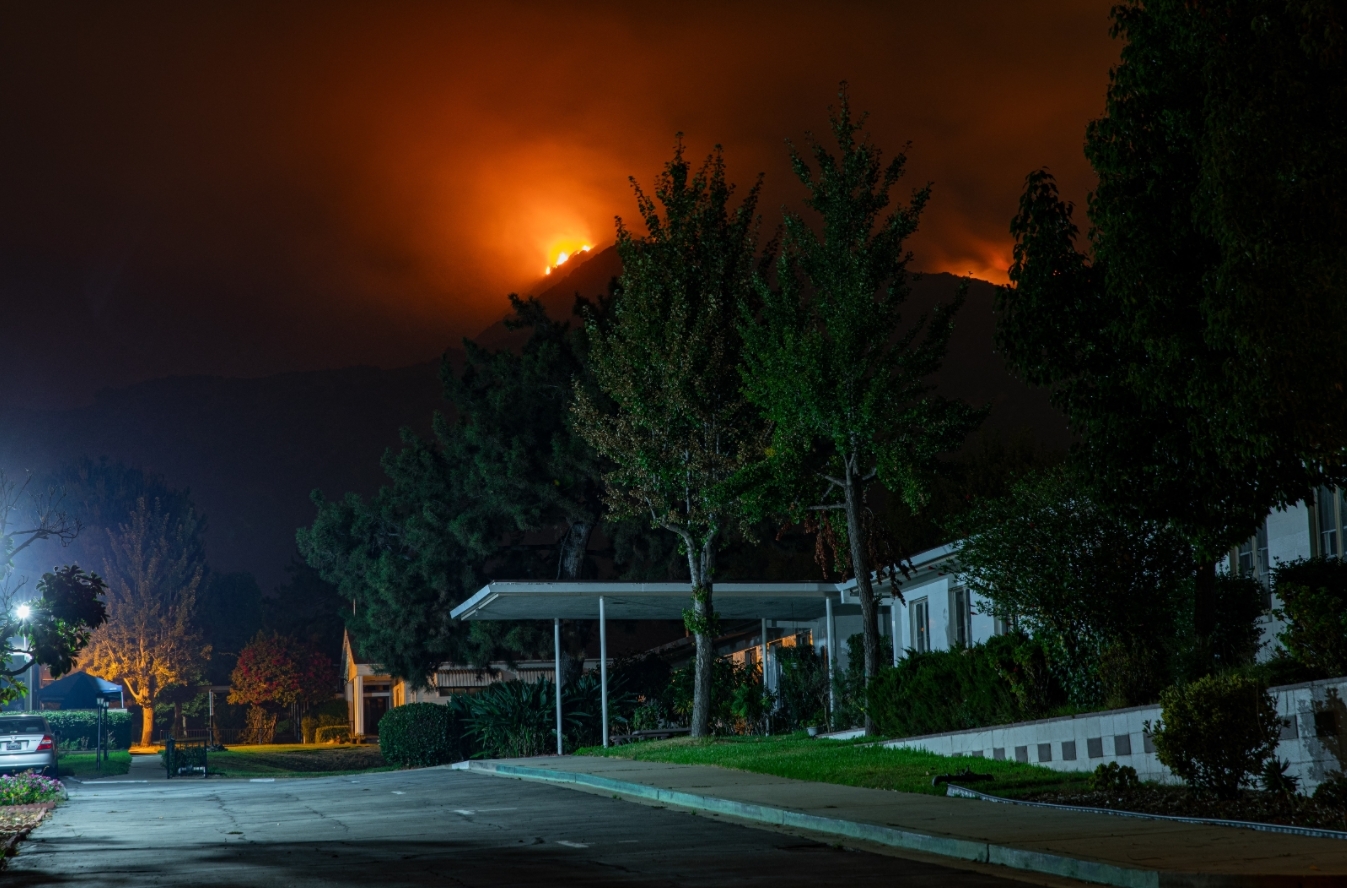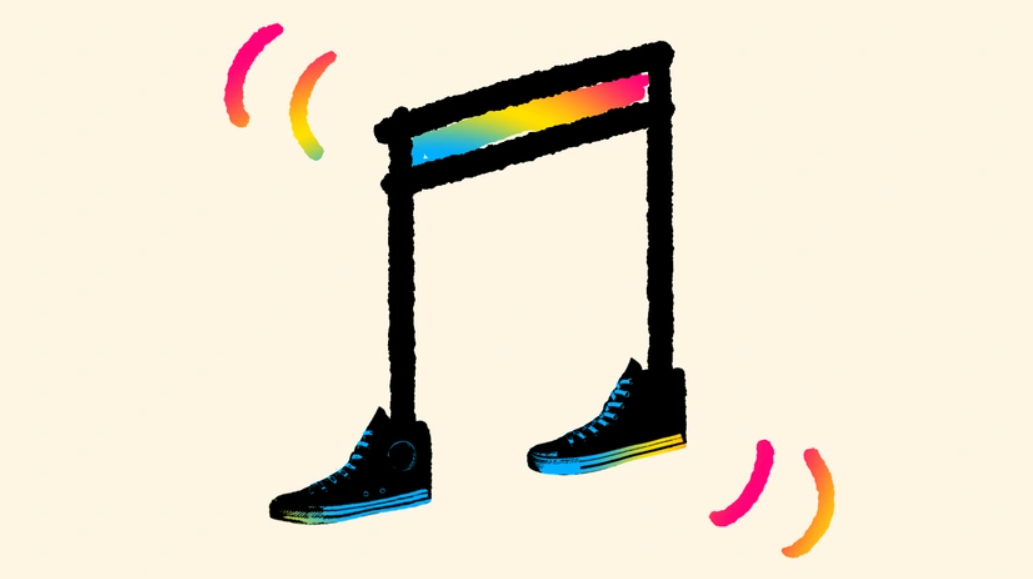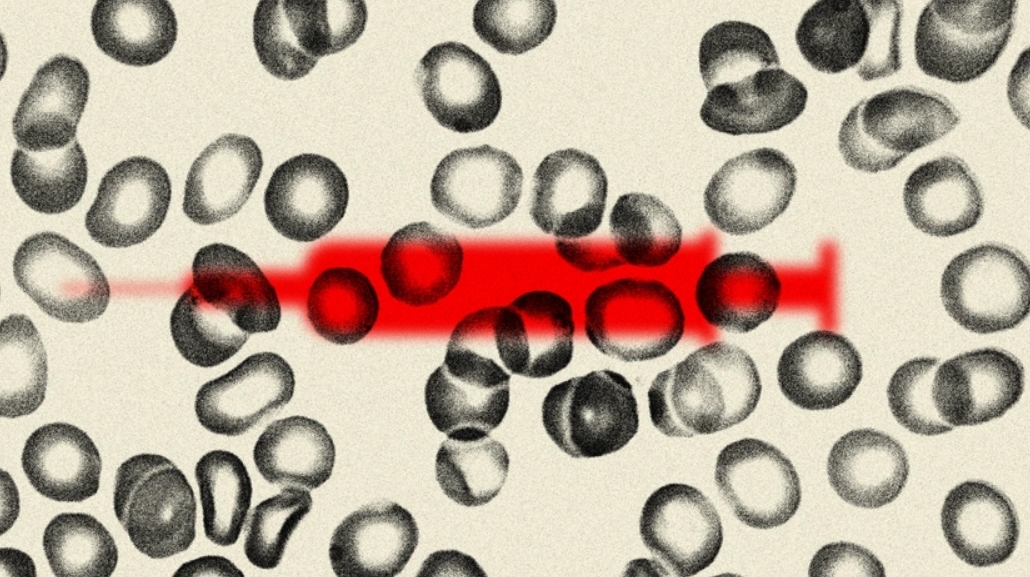Celerity
Celerity's JournalChelsea to pull out of European Super League
Chelsea were due to be one of the founding dozen members of the European Super League - but multiple sources suggest they are ready to pull out of the breakaway competitionhttps://www.mirror.co.uk/sport/football/news/breaking-chelsea-european-super-league-23950014

Chelsea are preparing the necessary paperwork required to withdraw from the European Super League. According to multiple sources, the Blues have performed a U-turn on their involvement in the controversial breakaway competition.
The change of heart came as thousands of fans staged a protest outside Stamford Bridge, with the Chelsea team bus prevented from entering the ground by a blockade.
Club legend Petr Cech was forced to confront supporters in a bid to allow the bus into the ground ahead of the Premier League encounter with Brighton on Tuesday night.
The decision was immediately welcomed by Gary Neville, who tweeted a video of dominoes falling and wrote "Here they go," outlining his hope that Chelsea would be the first of many clubs to withdraw.
snip
Citeh next I predict
Being obese or heavier increases your chances of serious illness and or death from C. To deny it is
to completely ignore basic science-based evidence. It is not victim blaming, despite your false framing attempts.
You are conflating simply getting COVID (which of course anyone can do) verus serious illness and/or death, the chances of which are definitely increased overall by overweight issues at least starting at the obese level and escalating from there as the excess weight on a person goes up. A morbidly obese person has a serious comorbidity factor (and quite possibly more, such as diabetes, etc.).
Btw, you saying this
is not exactly an effective way to win hearts and minds.
Fire Alarm: With wildfire season just weeks away, California is drier than ever
https://thedailyedge.substack.com/p/fire-alarm
When I interviewed former Time Magazine science editor Charles Alexander about climate change last August, I noted that 2018 had seen the “deadliest and most destructive wildfire season on record in California.” Then things got even worse. In 2020, there were almost 10 million “fire incidents” in California. Within a few months, the state experienced 5 of its worst 6 fires since records began in 1932.
As more than 4.2 million acres burned, California saw more destruction in 2020 than from the previous three years combined. Things were similarly bad in Colorado, which saw a record number of wildfires, including the worst three in that state’s history. In Oregon, approximately one million acres burned, nearly double the 10-year average. And Idaho, Wyoming and Utah also saw major wildfires.
2021 could be even more extreme
The wildfire season in California begins in May and now extends into December. This year, the state is already preparing for the worst. As the Sacramento Bee reports, Governor Newsom has just signed a bill allocating more than half a billion dollars to wildfire prevention:
Under the legislation, the state will spend $536 million on preventing fires through forest and vegetation management, clearing fuel around rural homes and retrofitting buildings in high-risk areas to help them survive fires.
Despite bipartisan support of the measures, “some voiced concern that it does not go far enough to manage forests and clear dry and dead vegetation that fuels fires,” and Newsom stopped short of declaring a drought emergency, as lawmakers in the Central Valley had requested. Climate change is, of course, a factor. So far, 2020-21 is the second-driest 2-year period ever recorded in California. And average temperatures in California continue to trend up. But downed power lines, human activity—both accidental and intentional—plus the Santa Ana Winds, also contribute to California’s vulnerability.
“Irreversible consequences” for children.......
snip
A Playlist for Your Next Walk
It’s time for a walk. Liven it up with a peppy playlist of an hour of new music, chosen for you by our music writer.https://www.theatlantic.com/newsletters/archive/2021/02/a-playlist-for-your-next-walk/618162/

When asked to curate an hour of new music for Atlantic readers to listen to while walking, my mind immediately went to Sophie Xeon, the brilliant electronica producer who died at age 34 in January. Sophie, a pioneer of the zany new sound known as hyperpop, once told Rolling Stone that “all pop music should be about who can make the loudest, brightest thing.” That’s an appealing idea in this late-pandemic winter when life—not to mention the music business—feels like it’s in a holding pattern. Accordingly, I’ve been on the lookout for music that will go to extreme lengths in the name of pleasure. The songs below, all from the past year, are pep rallies that celebrate music’s ability to puppeteer emotion.
Bomba Estéreo, “Deja”
The tingling guitars of this ever-adventurous Colombian psychedelic band evoke a watercraft skimming through a bioluminescent sea and casting purple ripples.
Dawn Richard, “Bussifame”
Strut along to this explainer—from one of the most idiosyncratic figures in R&B—about the brilliance of New Orleans dance culture.
Dry Cleaning, “Scratchcard Lanyard”
The rising punk poet Florence Shaw imagines herself as “a woman in aviators firing a bazooka” while her band chugga-chugs along.
D0llywood1 featuring Acounta, “Human Nature”
For a rare couple of minutes, hyperpop’s glitchy chaos gets used not to vent angst, but to endorse chillaxing.
snip
Biden backtracks on keeping Trump cap on refugees
Source: BBC
President Joe Biden has reversed course hours after signing an order to keep the number of refugees admitted annually to the US at Trump-era levels. Mr Biden drew ire on Friday as he held the cap at the historically low figure of 15,000, two months after he pledged to increase it to 65,500.
The White House later said Mr Biden would raise the refugee cap next month. Reports say Mr Biden is concerned about letting in more people amid a record influx at the US-Mexico border. UN figures indicate there are more than 80 million refugees worldwide, with 85% of them hosted by developing countries.
What did Biden's order do?
The White House said Friday's order would speed up refugee admissions to the US - since October around 2,000 people have been admitted under the programme. The order also changes the allocation of who is allowed in, with more slots being provided to arrivals from Africa, the Middle East and Central America, and an end to restrictions on resettlements from Somalia, Syria and Yemen.
But Mr Biden kept the maximum number of refugees allowed in annually at 15,000, a ceiling set by his predecessor as president, Donald Trump. Mr Biden stated the Trump-era cap "remains justified by humanitarian concerns and is otherwise in the national interest".
snip
Read more: https://www.bbc.com/news/world-us-canada-56778721
The mRNA Vaccines Are Looking Better and Better
Concerns about blood clots with Johnson & Johnson underscore just how lucky Americans are to have the Pfizer and Moderna shots.https://www.theatlantic.com/health/archive/2021/04/mrna-vaccines-johnson-blood-clots/618594/

A year ago, when the United States decided to go big on vaccines, it bet on nearly every horse, investing in a spectrum of technologies. The safest bets, in a way, repurposed the technology behind existing vaccines, such as protein-based ones for tetanus or hepatitis B. The medium bets were on vaccines made by Johnson & Johnson and AstraZeneca, which use adenovirus vectors, a technology that had been tested before but not deployed on a large scale. The long shots were based on the use of mRNA, the newest and most unproven technology.
The protein-based vaccines have moved too slowly to matter so far. J&’s and AstraZeneca’s vaccines are effective at preventing COVID-19—but a small number of recipients have developed a rare type of blood clot that appears to be linked to the adenovirus technology and may ultimately limit those shots’ use. Meanwhile, with more than 180 million doses administered in the U.S, the mRNA vaccines have proved astonishingly effective and extremely safe. The unusual blood clots have not appeared with Pfizer’s or Moderna’s mRNA technology. A year later, the risky bet definitely looks like a good one.
The U.S. has ordered enough mRNA vaccines to inoculate its entire population. In that context, the CDC and FDA’s call to pause the J&J rollout this week is a blow to the American inoculation campaign, but hardly a devastating one. (J&J’s vaccine accounts for less than 5 percent of doses administered so far, and AstraZeneca’s has not yet been authorized in the U.S.) But the rest of the world has been banking on the J&J and AstraZeneca vaccines, which are both cheaper and easier to distribute because they don’t require the same cold storage as mRNA vaccines. If the blood-clot risk is real, the divide between the mRNA-vaccine haves and have-nots will only grow. The U.S. will be fine; the rest of the world will face difficult questions about balancing the risks and benefits of an affordable, good-but-not-best vaccine against a disease that has killed nearly 3 million people.
The blood-clot events with the AstraZeneca and J&J vaccines are so rare—appearing in one in 100,000 to one in 1 million vaccine recipients—that they would not have shown up in clinical trials, even ones conducted within more leisurely, non-pandemic timelines. (The COVID-19 vaccine trials, which generally included tens of thousands of participants each, were actually unusually large because researchers wanted data as quickly as possible.) “It’s true with all new medications of any sort. You only find rare events when things are rolled out to very vast numbers of people,” says John Grabenstein, the associate director of scientific communication for the Immunization Action Coalition, who used to work on vaccines for the pharmaceutical giant Merck. “One-in-a-million events are just barely measurable.” That faint signal is especially difficult to see against a noisy background: Some people get blood clots for reasons unrelated to the vaccine, too.
snip
The Blood-Clot Problem Is Multiplying
So are theories to explain it.https://www.theatlantic.com/science/archive/2021/04/vaccine-related-blood-clot-mystery-must-be-solved/618623/

For weeks, Americans looked on as other countries grappled with case reports of rare, sometimes fatal blood abnormalities among those who had received the AstraZeneca vaccine against COVID-19. That vaccine has not yet been authorized by the FDA, so restrictions on its use throughout Europe did not get that much attention in the United States. But Americans experienced a rude awakening this week when public-health officials called for a pause on the use of the Johnson & Johnson vaccine, after a few cases of the same, unusual blood-clotting syndrome turned up among the millions of people in the country who have received it.
The world is now engaged in a vaccination program unlike anything we have seen in our lifetimes, and with it, unprecedented scrutiny of ultra-rare but dangerous side effects. An estimated 852 million COVID-19 vaccine doses have been administered across 154 countries, according to data collected by Bloomberg. Last week, the European Medicines Agency, which regulates medicines in the European Union, concluded that the unusual clotting events were indeed a side effect of the AstraZeneca vaccine; by that point, more than 220 cases of dangerous blood abnormalities had been identified. Only half a dozen cases have been documented so far among Americans vaccinated with the Johnson & Johnson vaccine, and a causal link has not yet been established. But the latest news suggests that the scope of this problem might be changing.
Whether the blood issues are ultimately linked to only one vaccine, or two vaccines, or more, it’s absolutely crucial to remember the unrelenting death toll from the coronavirus itself—and the fact that COVID-19 can set off its own chaos in the circulatory system, with blood clots showing up in “almost every organ.” That effect of the disease is just one of many reasons the European Medicines Agency has emphasized that the “overall benefits of the [AstraZeneca] vaccine in preventing COVID-19 outweigh the risks of side effects.” The same is true of Johnson & Johnson’s. These vaccines are saving countless lives across multiple continents.
But it’s also crucial to determine the biological cause of any vaccine-related blood conditions. This global immunization project presents a lot of firsts: the first authorized use of mRNA vaccines like the ones from Pfizer and Moderna; the first worldwide use of adenovirus vectors for vaccines like AstraZeneca’s, Johnson & Johnson’s, and Sputnik V; and the first attempt to immunize against a coronavirus. Which, if any, of these new frontiers might be linked to serious side effects? Which, if any, of the other vaccines could be drawn into this story, too? How can a tiny but disturbing risk be mitigated as we fight our way out of this pandemic? And what might be the implications for vaccine design in the years to come?
snip
The 100 Best Movies on Netflix Right Now
https://www.thrillist.com/entertainment/nation/best-netflix-movies-right-nowFor more Netflix recommendations, read our list of the best TV shows currently on Netflix. Anyone can tell you everything that's streaming on Netflix, take an inventory of a given month's new additions and subtractions, or cast the net of recommendations so wide that reeling in where to start is overwhelming. The whole goal of Netflix as a company is to give you as much content as possible, whether through streaming or good old-fashioned DVD mail-ins (remember those?). Our goal in this space is to provide a different service: a list of the 100 best films currently streaming on Netflix, so you can find a satisfying movie without wasting time with endless scrolling.
snip
a sampling





Why Hollywood Is Mourning the Loss of the ArcLight Cinemas
The historical and beloved Los Angeles theatre mini-chain is shutting down for good.https://www.thrillist.com/entertainment/nation/arclight-cinemas-movie-theaters-closing

There are films that make you a cinema fan for life, but there are also places that solidify your conviction that the theatre is a popcorn-scented temple. The ArcLight was one of those places. On Monday, the mini-chain's parent company Decurion Corp. announced that all ArcLight and Pacific Theatres would be closing for good. The news broke like a tidal wave over the Los Angeles film-going community. The mourning began almost immediately on Twitter. Barry Jenkins tweeted simply, "FUCK." Host of the Keep It podcast Louis Virtel wrote, "The Arclight Hollywood is the only place that makes LA seem like a small town. You’d go to a movie and run into someone you dated three years ago, an awful boss you never wanted to see again, and Melanie Griffith."
https://twitter.com/BarryJenkins/status/1381769280157458432
https://twitter.com/louisvirtel/status/1381784929361534978
The first ArcLight location opened in Hollywood in 2002, mixing old Hollywood with the new. From the street, you could see the world famous Cinerama Dome, the futuristic sphere that had been a home to movie premieres since the 1960s. The ArcLight and its subsequent locations had their own traditions and rules. There were no commercials prior to the show, and only three trailers. Before the lights would go down, an usher in a blue polo shirt would come out and give a little spiel about how they would be stationed inside the theater for the beginning of the show to make sure picture quality was up to snuff. Late seating was not allowed. You had to come and see your movie from the start, goddammit.
The ArcLights were fancy, certainly. They had bars in their lobbies where you could order a drink and dinner before or after your show. (My parents swear by the burgers.) At the concession stand, you could get the usual movie treats, but also exquisite caramel corn in a plastic container. (Oh, that caramel corn. I think about it a lot. I would order it in bulk if I could.)

In subsequent years, the ArcLight model was tested by the emergence of the Alamo Drafthouse. But whereas the Drafthouse always felt like the rowdy cool kids, despite its no cellphone policy, the ArcLight was a little bit more refined. There was no chance of being distracted by someone munching on queso during your screening or hunched waiters dropping off your checks at the climax of the plot. The association with the Dome gave the ArcLights a reverence for the history of film, but the swanky new structures and strict, but not unreasonable, guidelines made entering the multiplex an elegant experience. (This is not to disparage the Drafthouse; it's just a different experience, and one that is also in peril: The Drafthouse filed for bankruptcy as a result of the pandemic and had to close certain venues.)
snip
Profile Information
Gender: FemaleHometown: London
Home country: US/UK/Sweden
Current location: Stockholm, Sweden
Member since: Sun Jul 1, 2018, 07:25 PM
Number of posts: 43,421